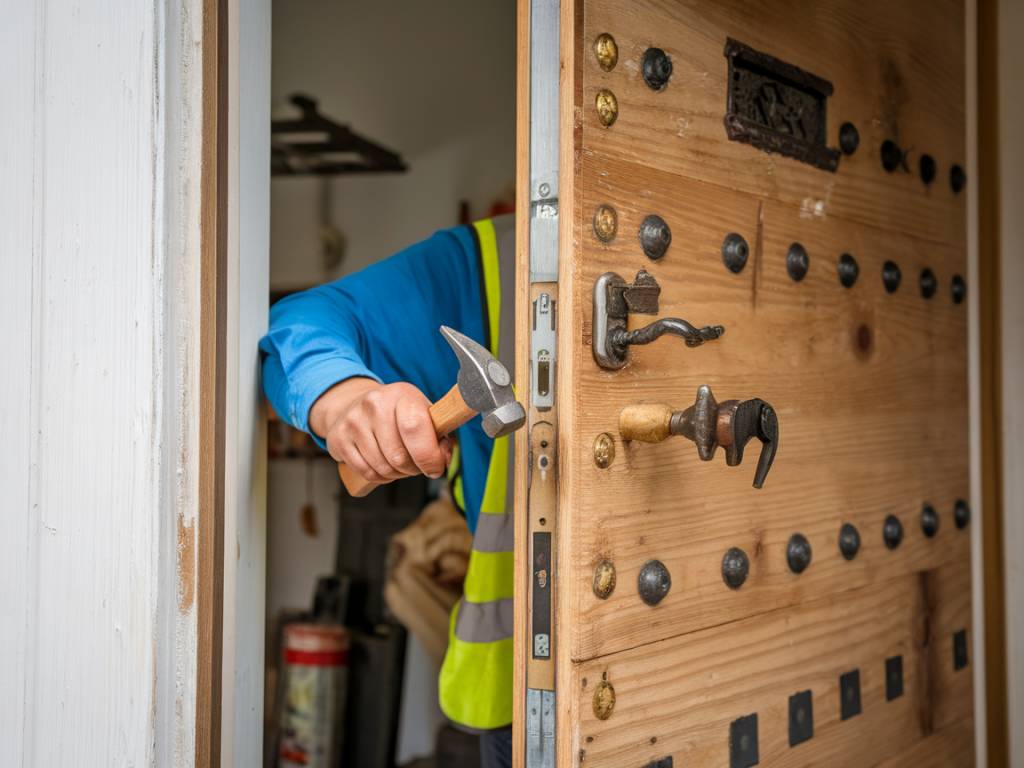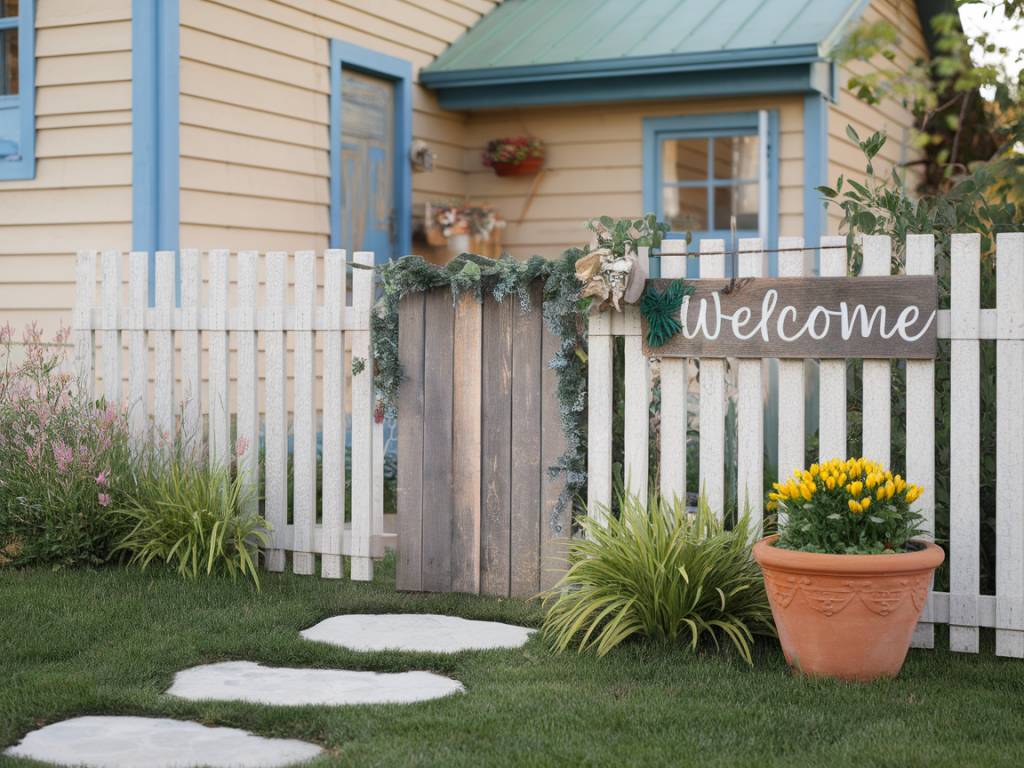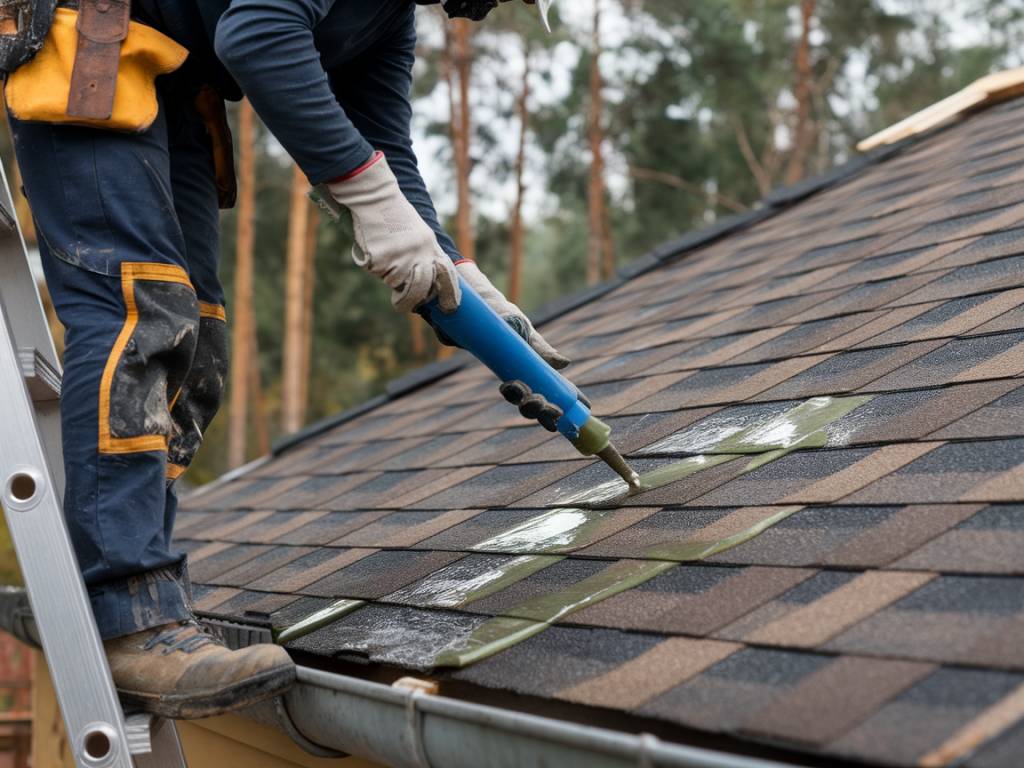A squeaky door can be an annoying issue in any home, often causing unnecessary disruption every time the door is opened or closed. Fortunately, with a few basic tools and some know-how, you can easily fix a squeaky door yourself. This guide aims to help you tackle this common household problem efficiently and effectively. By following these steps, you will not only quiet the annoying noise but also improve the overall functionality of your door.
Identify the Source of the Squeak
Before diving into fixing the problem, it is crucial to first identify where the squeak is coming from. Most commonly, the noise originates from the hinges. However, it could also be due to loose hardware or misalignment of the door itself.
To pinpoint the source:
- Open and close the door slowly to localize where the squeak is coming from.
- Pay close attention to the hinges as these are the usual culprits.
- Listen for any noise when the door is fully open or closed, indicating possible issues with the door frame or latch.
Gather Your Tools and Materials
To repair a squeaky door, you will need a few basic tools and materials, most of which you probably already have at home. These include:
- Screwdriver (Phillips or flathead, depending on your hinge screws)
- Hammer or mallet
- Lubricant (WD-40, silicone spray, or petroleum jelly)
- Old rag or paper towels
- Pliers (optional)
- Sandpaper (optional)
- Wooden shims or cardboard (optional for door alignment issues)
Tighten the Hinge Screws
Loose hinge screws can cause a door to sag and create a squeak. Therefore, it’s essential to check and tighten these screws first.
Steps to follow:
- Using a screwdriver, tighten all the screws on the hinges. This includes screws that attach the hinge to both the door and the door frame.
- If a screw won’t tighten properly, it may be stripped. In this case, remove the screw and use a wooden matchstick, toothpick, or wooden dowel coated with wood glue to fill the hole. Once dry, reinsert the screw.
Lubricate the Hinges
The most common and effective solution to a squeaky door is lubricating the hinges. Various lubricants can be used for this purpose, including WD-40, silicone spray, or even household petroleum jelly.
Steps to lubricate hinges:
- Carefully remove the hinge pins one at a time. To do this, place a screwdriver under the pin’s head and tap the screwdriver with a hammer. If the pin is stubborn, use pliers to help pull it out.
- Clean the hinge pin and the hinge leaves with an old rag or paper towel to remove dirt and old lubricant.
- Apply a light coat of lubricant to the hinge pin and the hinge leaves. If using WD-40 or silicone spray, hold a paper towel underneath to catch drips.
- Reinsert the hinge pin and wipe off any excess lubricant.
- Open and close the door a few times to distribute the lubricant evenly.
Adjust the Door Alignment
If your door is still squeaking after lubricating the hinges, it might be due to alignment issues. A misaligned door can put extra pressure on the hinges, causing them to squeak.
Steps to adjust door alignment:
- Inspect the door to see if it’s rubbing against the frame or floor. Look for areas where the paint might be worn or where you can feel resistance when opening or closing the door.
- If the door is rubbing, you may need to add shims to the door hinges. To do this, carefully remove the hinge screws, insert a thin piece of cardboard or wooden shim behind the hinge, and reinsert the screws. This will help realign the door.
- If necessary, sand down the rough areas where the door is rubbing against the frame. Be cautious and only remove a small amount of material at a time.
Replace Worn-Out Components
Over time, door hinges and other components may wear out, leading to squeaking. If none of the above solutions work, it may be necessary to replace the hinges or other hardware.
Steps for replacing hardware:
- Purchase new hinges that match the size and type of your existing ones. It’s essential to choose quality hinges to avoid future issues.
- Remove the old hinges by unscrewing them from both the door and the frame. Be sure to support the door to prevent it from falling.
- Align the new hinges with the existing holes and attach them using screws. Ensure they are securely fastened.
- Check the door’s operation and make further adjustments if necessary.
Consider Additional Noise-Reduction Strategies
If you’ve tried all the above methods and still experience minor squeaks, you might want to consider some additional noise-reduction strategies. These techniques can help ensure long-lasting quietness.
Additional strategies:
- Install door silencers: Small rubber or felt pads placed on the door frame can help dampen noise when the door makes contact with the frame.
- Lubricate the latch and doorknob mechanisms: Sometimes, the squeak can emanate from the door latch or doorknob. Apply a small amount of lubricant to these components.
- Use a doorstop or door closer: These devices can reduce the speed at which the door closes, thereby reducing the impact that can cause squeaking.
Regular Maintenance
After successfully fixing your squeaky door, it’s essential to keep up with regular maintenance to prevent future issues. By performing periodic checks and maintenance, you can ensure your door operates smoothly for years to come.
Regular maintenance tips:
- Inspect door hinges and other hardware every few months to make sure they are tight and in good condition.
- Lubricate hinges, doorknobs, and latch mechanisms at least twice a year.
- Monitor the door alignment and make adjustments as needed.
By following these comprehensive steps and maintaining regular checks, you can effectively repair and prevent a squeaky door using basic tools. Not only will this improve the functionality of your door, but it will also contribute to a quieter and more comfortable living environment.







